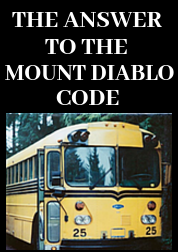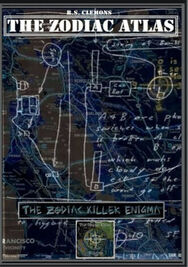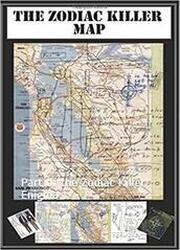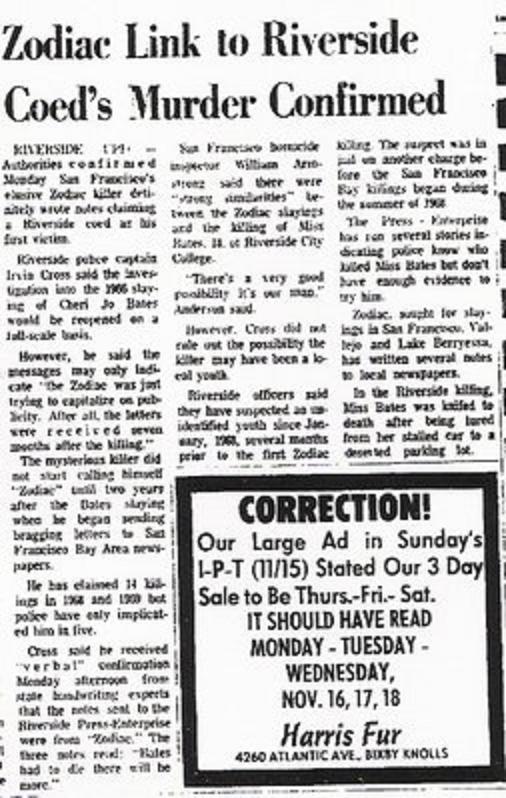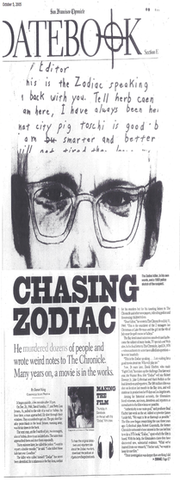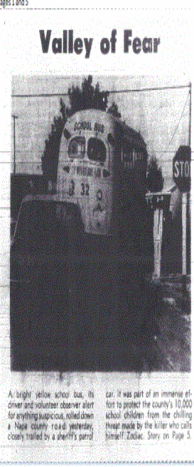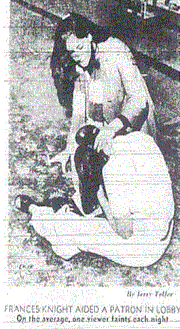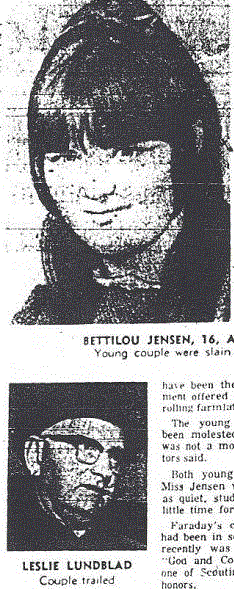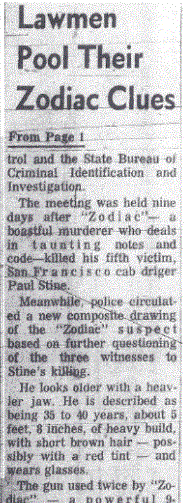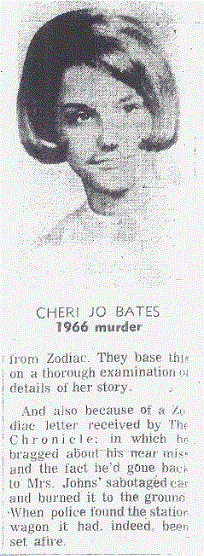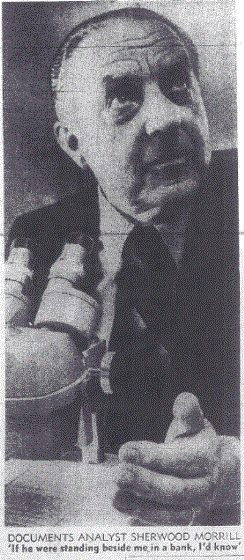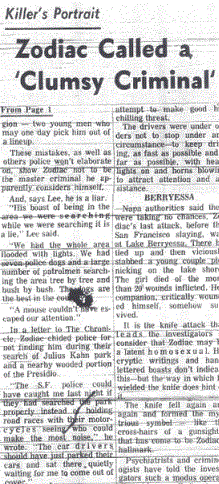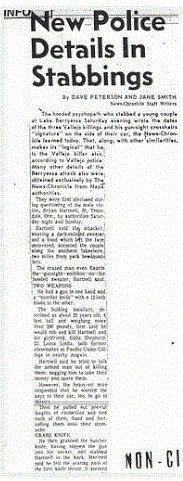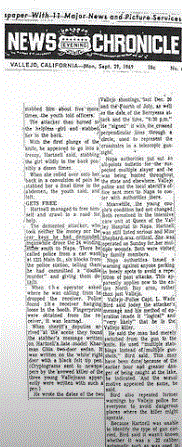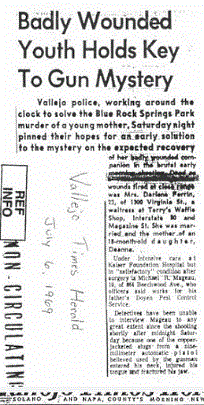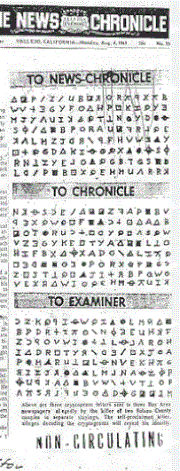 Robert Domingos
Robert Domingos There have been the obvious parallels drawn to the Lake Berryessa attack on September 27th 1969, but despite the reports of pre-cut lengths of rope, there appears little else to connect this crime to the knife attack on Cecelia Shepard and Bryan Hartnell, other than a waterfront scene (although detectives may have information unavailable to the public). However, there is much more reason to connect the murder of Robert Domingos and Linda Edwards to the recent sniper reports only two days prior to this attack, on June 2nd 1963.
 Linda Edwards
Linda Edwards There are obvious similarities in these events to the Domingos and Edwards story, in that the ammunition used in their murders was .22 caliber. They too were teenagers hanging out close to the coastline - and two of the attacks were believed to have occurred in mid-afternoon (about 3:00 pm in the case of Domingos and Edwards). The sniper attack at Gaviota State Park occurred 3.38 miles west of Canada Del Molino, and the teenagers at Tajiguas Creek heard gunshots coming from the beach approximately 3.84 miles east of Canada Del Molino. Then, two days later Robert and Linda were killed in an area bisecting these two points. What is extremely interesting (if correct) is Sheriff Webster stated that the lot number of the ammunition used in the murder of Robert and Linda was the same as the lot number of ammunition sold at a Santa Barbara store in April. The lot numbers also matched ammunition sold at Vandenberg Air Force Base, but the boxes at the crime scene were devoid of the price tags usually sold at the Air Base. The ammunition was Western Super X .22 caliber long rifle with a lot number TL-21. A lot number is an identification number assigned to a particular quantity or lot of material from a single manufacturer. Lot numbers can typically be found on the outside of packaging. Western Super X .22 caliber was used by the Zodiac Killer at Lake Herman Road.
It is highly unlikely that a killer would carry boxes of ammunition to a crime scene to perpetrate one or two murders. A clip or two is more than enough. If this person was a hunter who enjoyed taking pot-shots at wildlife (including birds), a day by the ocean in relative seclusion would be the ideal day out - and somebody arriving at the shack with several boxes of ammunition could certainly keep themselves entertained for a long period of time. If this hunter of animals had an over zealous intersest in killing (or was maybe the sniper taking pot-shots at teenagers), then when Robert and Linda inadvertently walked into his lair, their fate was effectively sealed. This time he could get close up and personal. His eventual slaying of the couple was certainly overkill by any standards - suggesting he enjoyed the act of killing - and his enjoyment continued with his interaction with the bodies far longer than the crime scene necessitated. The notion of a killer attempting to burn down the shack to destroy evidence makes little sense. It would have actually drawn attention to the area and any vehicle he may have parked nearby. However, separating yourself from the boxes of ammunition makes far more sense. It is also extremely likely the killer was familiar with this area - off the beaten track, away from prying eyes and ideal for a spot of shooting practice, inanimate or otherwise.
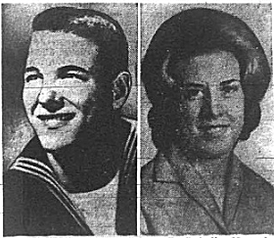
 Sketch of "Sandy".
Sketch of "Sandy". "Mabel Keener, manager of the Royal Motel, Arroye Grande, testified a boy resembling "Sandy" came to her hotel at 4 a.m, June 3 and registered as William Carr, of Bakersfield. He stayed until the next morning and left, she said. She declared the sheriff's composite drawing of "Sandy" as made by Hal C. Clark, resembled "Sandy" in some ways but not exactly about the mouth and hair. Raymond W. Kissian and Gilberto Serros, Lompoc gas station attendants, also testified. Serros said he waited on Smith (Vernon) that night when Smith drove up in his jeep, which also contained a youth resembling "Sandy". Smith, who was playing the part of "Good Samaritan" filling up a gas can to take to the youths stalled car in Miguelito Canyon, drove off with a full can of gas, said Serros".
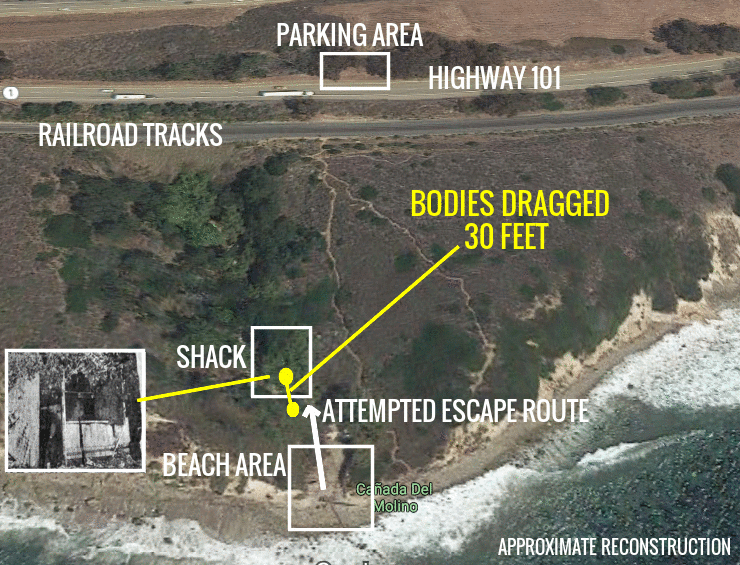


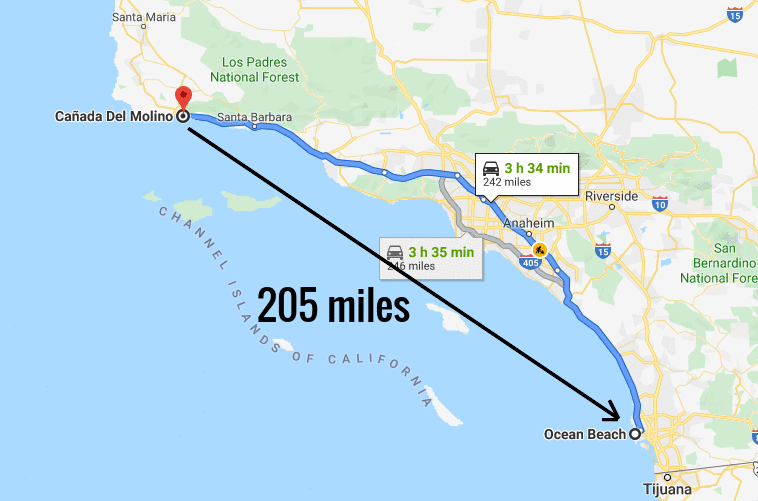
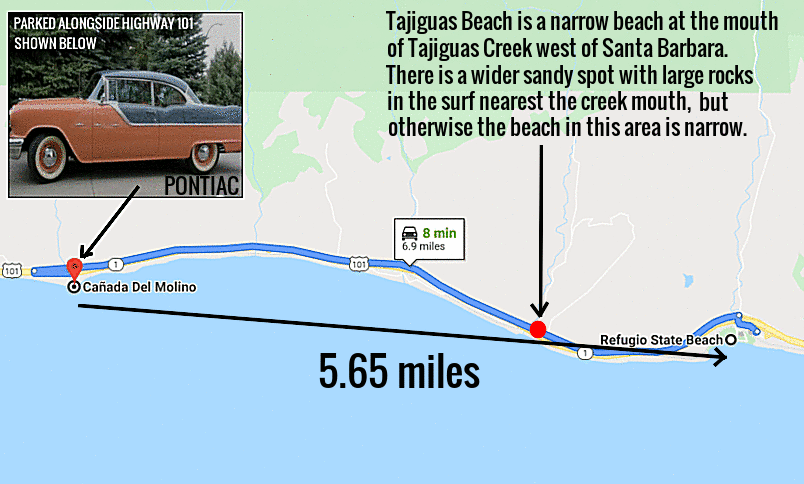




 RSS Feed
RSS Feed

